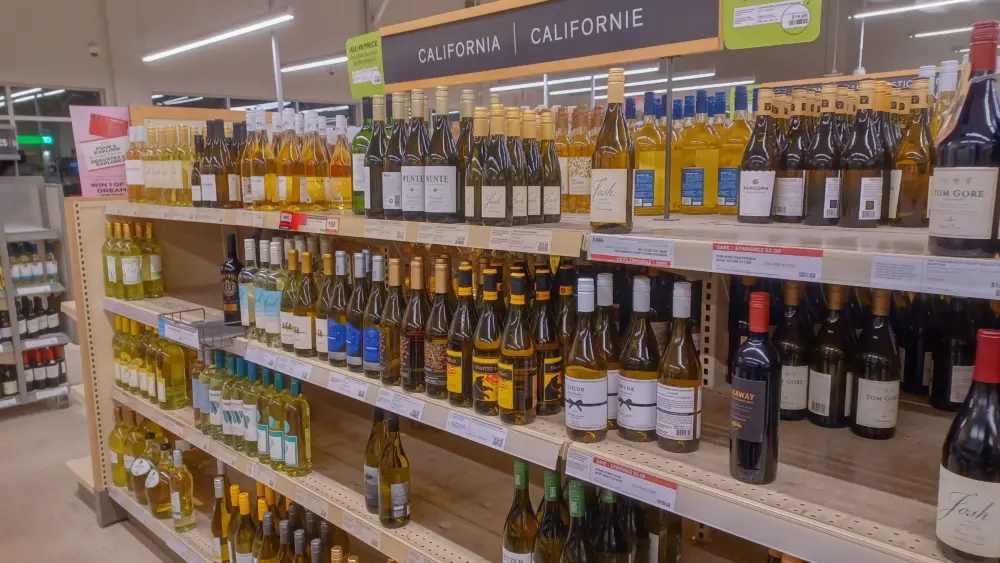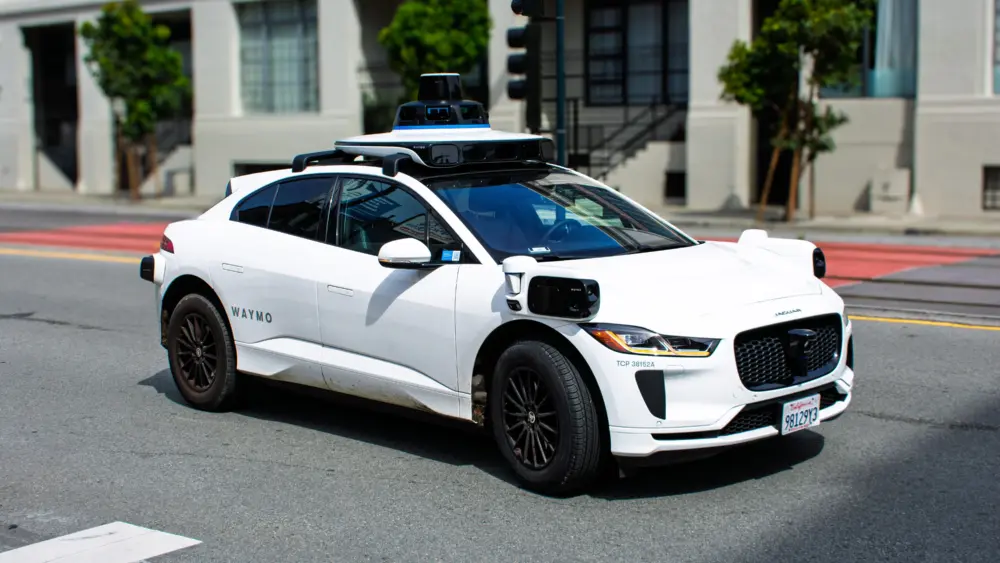
Right now, it’s the Wild West in NFT land.
There’s a strange new speculative investment called a Non-Fungible Token, or NFT, that has received a lot of recent press. What is it? It’s an entry in a digital ledger (blockchain) that certifies a digital asset—photos, videos, audio, and other digital data—is unique. I wrote a three-part series about the underlying technology, blockchains, in December 2017 (“The Blockchain Gang”).
One of the problems with digital items is a copy is indistinguishable from the original. An NFT is basically a certificate of authenticity. I create a digital item and an associated NFT, and you pay me for that NFT. Now you “own” the original. An NFT of Twitter founder Jack Dorsey’s first tweet recently sold at auction for an astounding $2.9 million, though anyone can see that same tweet for free right here: twitter.com/jack/status/20. (Dorsey donated the proceeds to charity.)
If you buy my NFT, you can sell it to someone else in such a way that the transaction is added to the blockchain that contains the NFT, giving them “possession” of whatever that NFT represents: Jack Dorsey’s first tweet, a video of a piece of Banksy’s art being burnt, or a digital photo of Emily Ratajkowski in her New York apartment—all of which have become NFTs.
Sound crazy? To quote Dragan Boscovic, an Arizona State University professor of computing, “The truth is that the value of any NFT is speculative. Its value is determined by what someone else is willing to pay for it and nothing else.” On the other hand, that’s what defines the market for art of all sorts. A Picasso is valuable because people agree Picasso is a great artist.
A prime example of “speculative investments” is the cryptocurrency, Dogecoin (dogecoin.com), which started as an inside joke and is now the fifth-largest cryptocurrency in the world. If you’d bought $1,000 worth of Dogecoin on April 18, 2020 (when it was worth two-tenths of a cent), and sold it on the same day this year, when it peaked at nearly 41 cents, you’d have made a net gain of over $195,000. (If you’d bought it a day earlier, it would have been a long-term capital gain instead of ordinary income.) Why is Dogecoin worth nearly 200 times what it was a year ago? Because people agree it is. Of course, people believe in the US dollar, even though it is no longer backed by gold. Why not Dogecoin?
NFTs don’t help much with the issue of protecting the ownership of digital assets. If you’re trying to get paid every time someone uses your digital image, or to prevent it from being used by others at all, an NFT alone doesn’t solve your problems. In fact, there are a host of legal issues around NFTs, which must still be tested in the courts. (Here’s a good quick overview of some of the key questions: tinyurl.com/ye82dr48.) One of the points it makes? “The cryptographic link between the token and the asset does not automatically result in the transfer of any rights or obligations as to the asset—that occurs as a matter of contract between the buyer and seller.” And of course, the scam artists have already moved in, selling NFTs that look like other NFTs of value.
Plus, all blockchain technologies suffer from the same issue: they require lots of computer power: each NFT transaction on the Ethereum blockchain consumes roughly twice the amount of energy used every day in an American home.
Still, if you’re a budding digital Picasso, creating NFTs around your work may be the smart thing to do. One of the potentially interesting aspects of NFTs: they can be created such that the original creator receives a percentage of every subsequent sale of the NFT.
If you’re interested in buying, selling or creating NFTs, the top marketplaces are OpenSea (opensea.io), Rarible (rarible.com), and Mintable (mintable.app). Generally, it costs some amount of money to create an NFT, though Mintable says it is “completely free to mint your first NFT” on their site. And each of these sites will take a 5% commission, if and when your NFT sells.
Why should you care about NFTs? Well, if you’re well-heeled, things like cryptocurrencies and NFTs are a way to add upside to your investment portfolio. And like most things, an ecosystem is growing around NFTs – they’re still hard to use, and people will make money simplifying the services presently offered by OpenSea, Mintable and Rarible. Will someone create a digital art gallery and represent digital artists? Will Disney create digital collectibles? Or will this all dissolve like the tulip mania of the early 17th century? Right now, it’s the Wild West in NFT land. Some will make fortunes, and some will lose it all. It’s the American Way.
Author
-

Michael E. Duffy is a 70-year-old senior software engineer for Electronic Arts. He lives in Sonoma County and has been writing about technology and business for NorthBay biz since 2001.
View all posts



